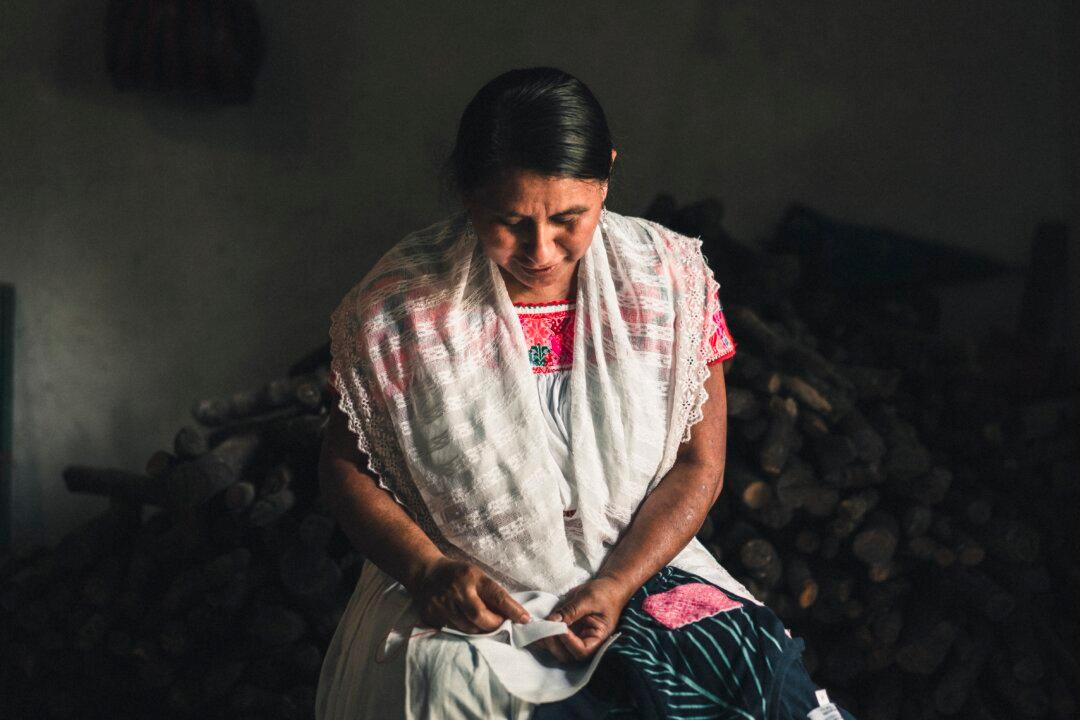Mexican company “Someone Somewhere” helps artisans literally make their way out of poverty, using their age-old traditional handicrafts.
Antonio Nuño co-founded the company in Mexico with his best friends, Fátima Álvarez and Enrique Rodriguez, in 2016. The friends, all under 30 years old, launched their company via a Kickstarter campaign selling T-shirts and backpacks. Orders came in from 27 countries across the world. The campaign raised their $50,000 goal in just two days; they had to close the campaign down as they’d reached the maximum orders they could fill.






